How to create original fan art
Handy advice and inspiring examples from the best fan artists around.
Have you ever wanted to recreate your favourite characters from books, television series, or movies? What about reimagining Chucky the possessed doll as the new spokesperson for off-brand cereals? Or maybe you just want to pay homage to your heroes.
With all of the fan art out there, how do you compete? How do you come up with something original? Where do you find inspiration? What art techniques and tools will bring your vision to life?
To find out, we contacted a range of artists who create fan art and asked them for their tips for creating original work that looks great.
01. Learn the basics first

Jamie R. Stone is a T-shirt artist operating under the handle Punksthetic Art. "It's OK to be inspired by your favourite movies and borrow certain elements to create your own visual style,” she advises. “But start with the basics of making art first."
Once you have the basics down, then you can start to mix and match different concepts to come up with new ideas.
02. Play around
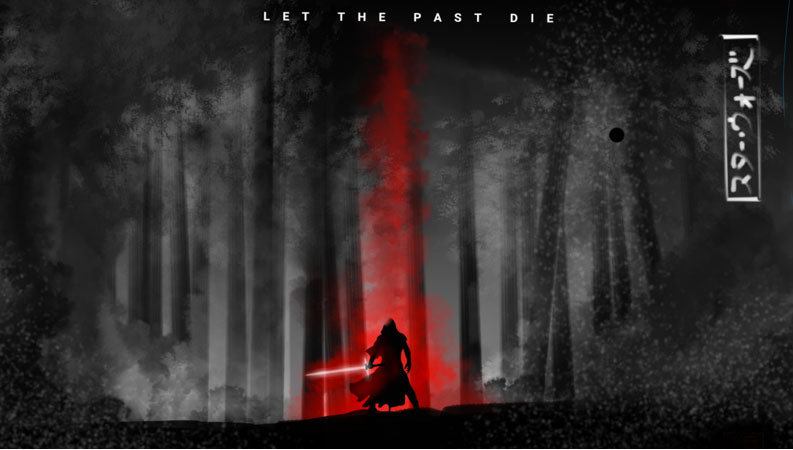
Don't overthink your design or get locked into an idea. By doing so, you may be cutting off a potential masterpiece. Christopher Pierre, a digital artist from the Caribbean Islands, likes to keep all of his options open. He says that everything has an impact on the shape and scope of his artwork because he takes a wide-eyed approach to everyday life.
"One of the best pieces of advice I received was a quote: 'Look at life through the eyes of a child'," says Pierre. "I definitely use that philosophy in sketching, drawing... any and everything."
03. Adapt your tools to your lifestyle
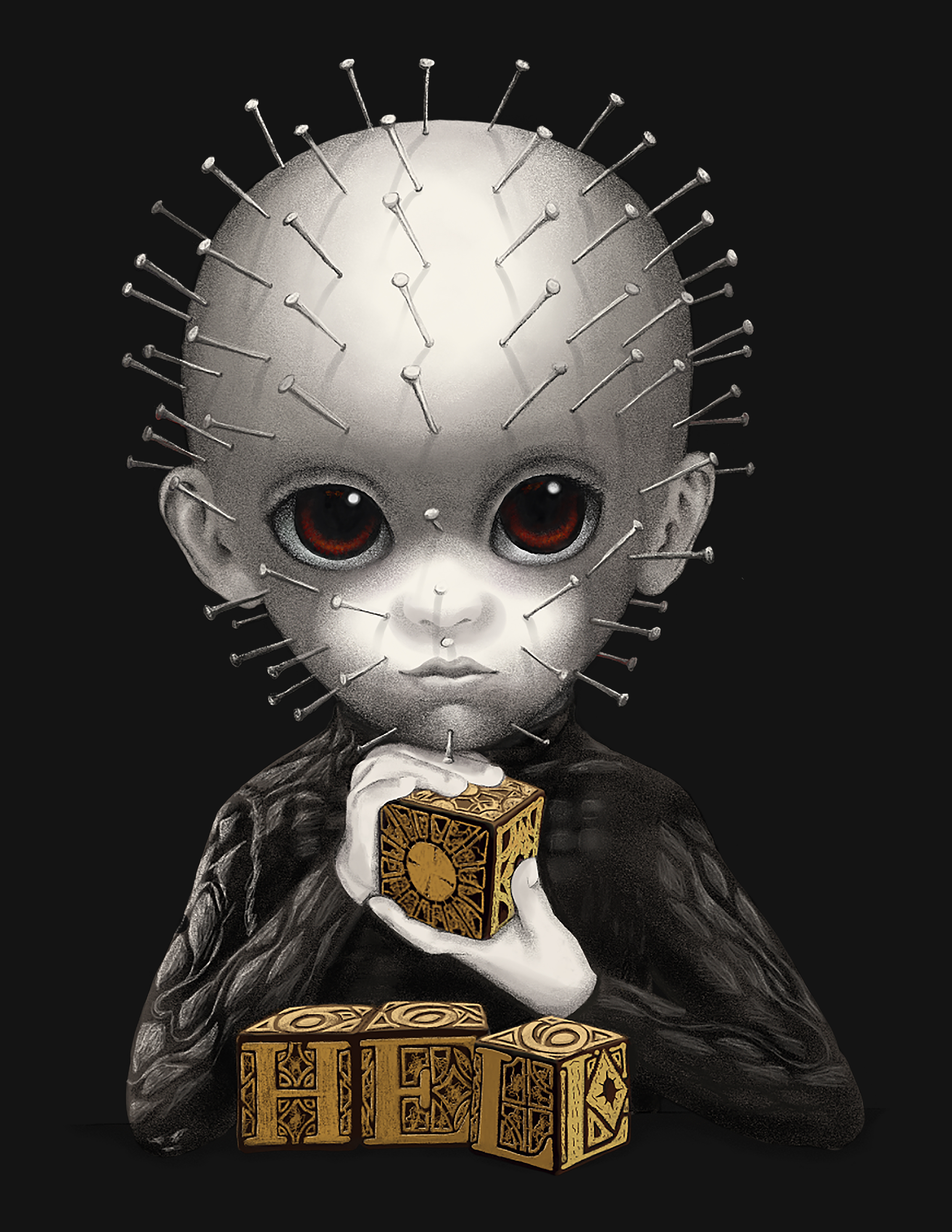
Time to create is limited these days, and if you're raising little ones like Jody Parmann, time to create can seem non-existent. Parmann was a painter before she had children, but now she does most of her art digitally, using Adobe Draw.
"Pulling out my paints and spending an afternoon being messy in the studio is a thing of the past,” she says. “The iPad and Apple Pencil is easy to pick up when I have a few spare moments and put way when my children need my attention."
Her advice to anyone trying a new tool is to be patient. "Have purpose for what you're trying to make, but don't immediately expect to be at the same level as you are with more familiar tools,” she smiles.
04. Build depth with layers
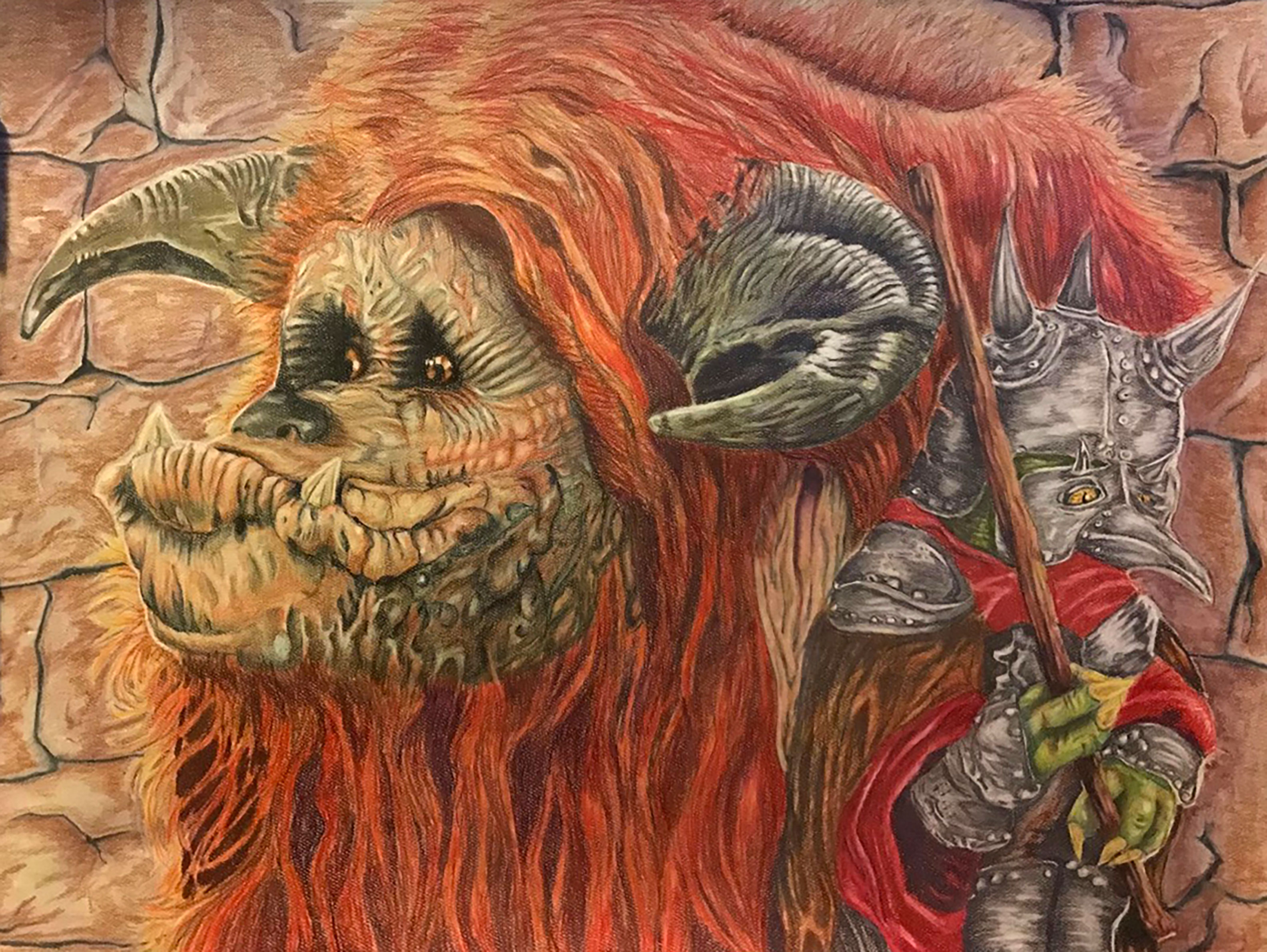
Flat images can be great, but if it’s a 3D look you’re going for, you need to add some layers of colour. Adding highlights, shadows, and blended colours and tones will help bring things to life.
Rebecca Marshall, a storyteller and graduate of Rocky Mountain College of Art and Design, uses multiple layers to create depth in her work – much like a painter might start with an underpainting. "It can be a tedious process," she explains. "It never looks like much at first, but everything comes together with the more layers that you apply."
05. Be true to yourself and your style

Being true to your style is key for John M. Tatulli. He firmly believes that when you draw enough, your style will begin to rise to the top; you just need to trust it and allow it to be what it is.
While it's OK to be inspired by your biggest influences – which for Tatulli are Jake Parker and Will Terry – you don't have to make your work look like theirs. "Trust your style and shine,” he says. “You were designed to be different."
06. Use a lighter touch
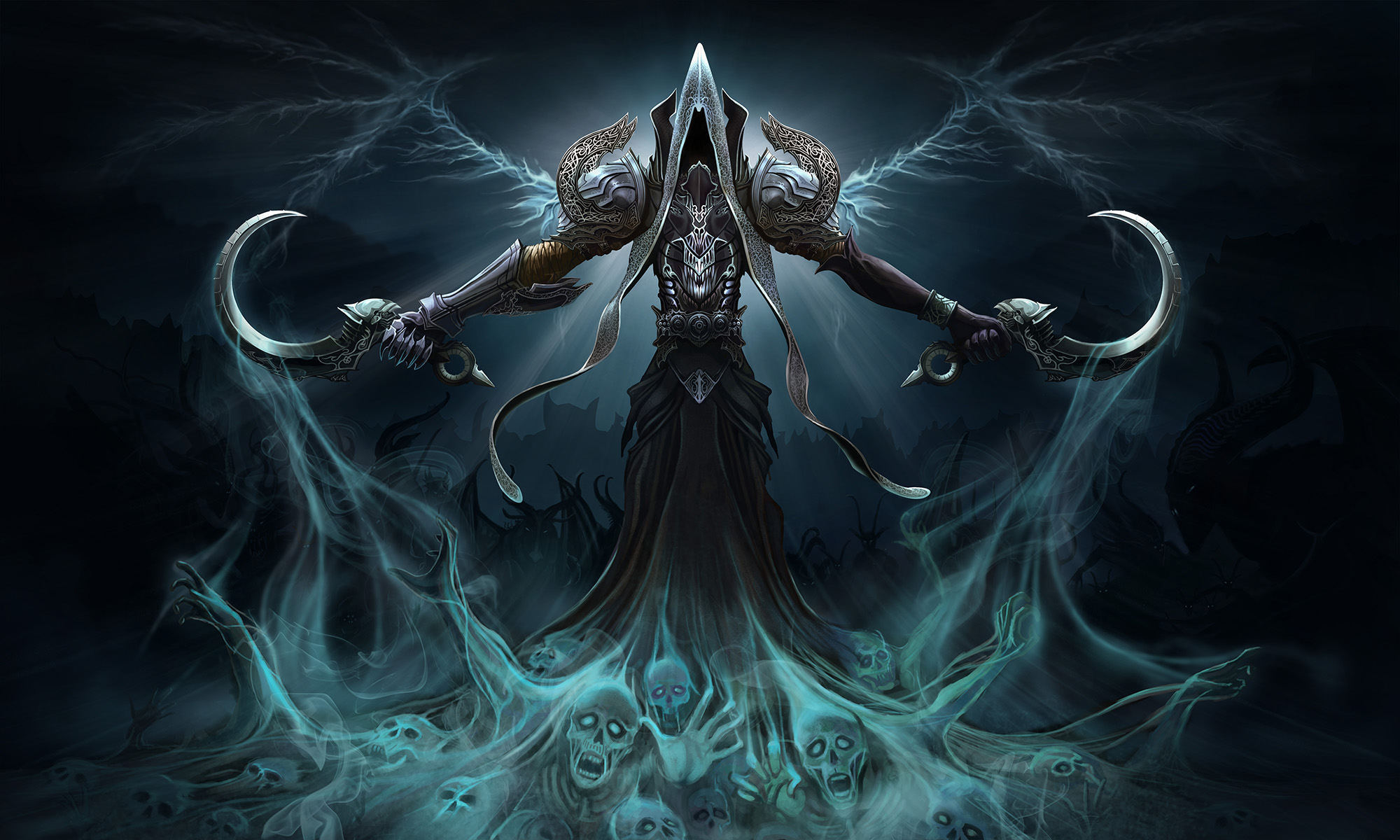
Don't over-grip your pencil or stylus; if you're using a Wacom or other touch-sensitive tablet, adjust its settings to suit your style – for instance, a reduced sensitivity helped with the airbrushing of these wings.
It may sound trivial, but Oliver Harbour says it can make all the difference. "You don’t realise how much pressure and strain it's putting on your wrists and fingers,” he says, “and how much more control you'd have with a tighter touch."
07. Take your time
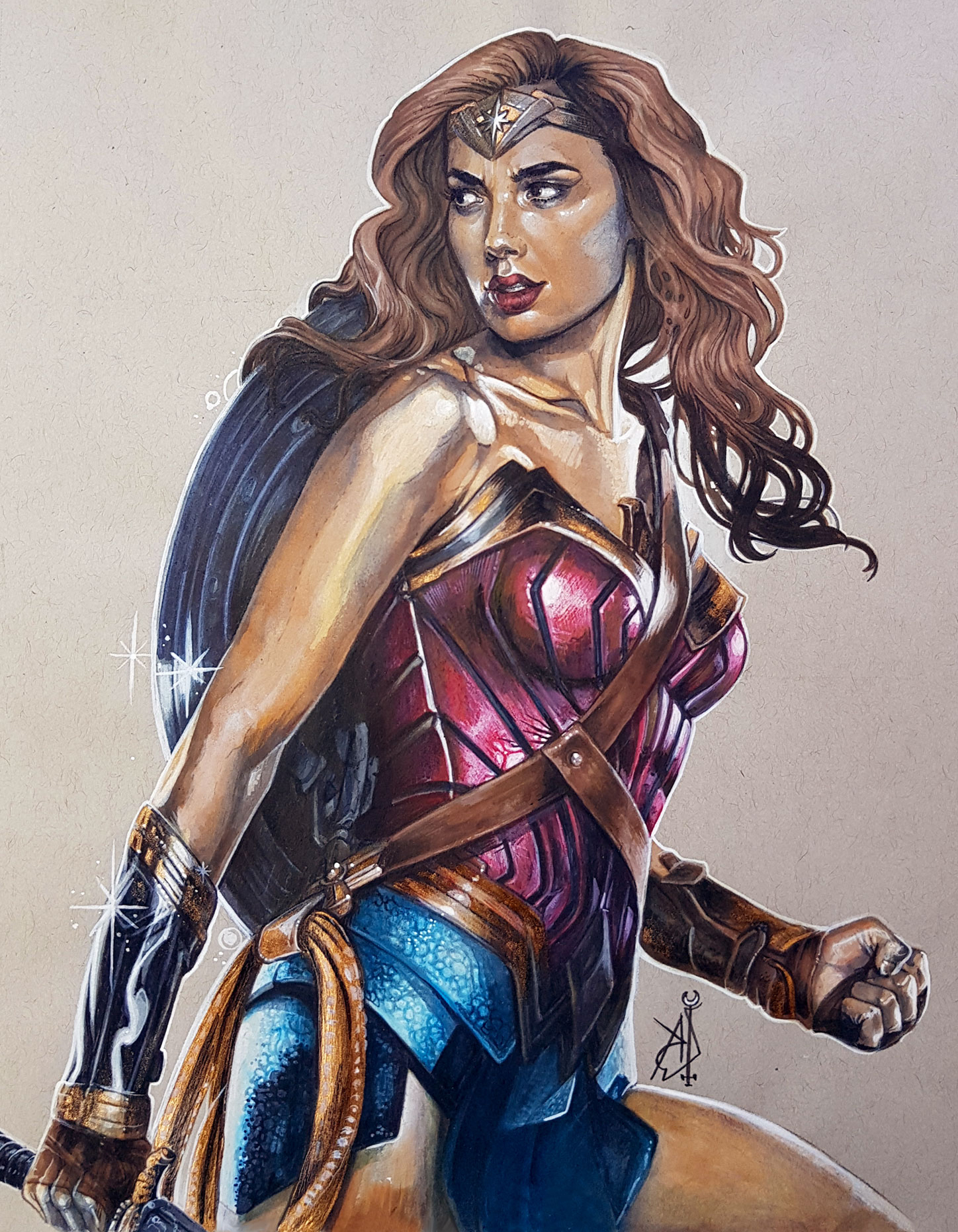
When Virginia Kakava sits down to start a piece, preparation is key. The first thing she does is to study the subject and learn more about the character. She uses her initial sketch to figure out the style, clothes, and environment, before getting started on the final artwork.
Kakava's fan art combines photo manipulation and digital painting. "The final rendering is very important," she emphasises. "It’s the last chance to decide the feel you want your artwork to have, either by changing the brightness etc. or by adding filters to make a more unified result."
08. Keep practicing
It's been said that to become a master at anything, all you need to do is work on it for 10,000 hours. For US-based artist, Vincent Turner this advice is spot on. Turner has been experimenting with different techniques for a long time. "The more you do it, the better you get," he smiles. So if you haven’t quite mastered a particular technique or approach, don’t shy away and try and avoid it in your work – work at it, and you’ll improve.
09. Relax
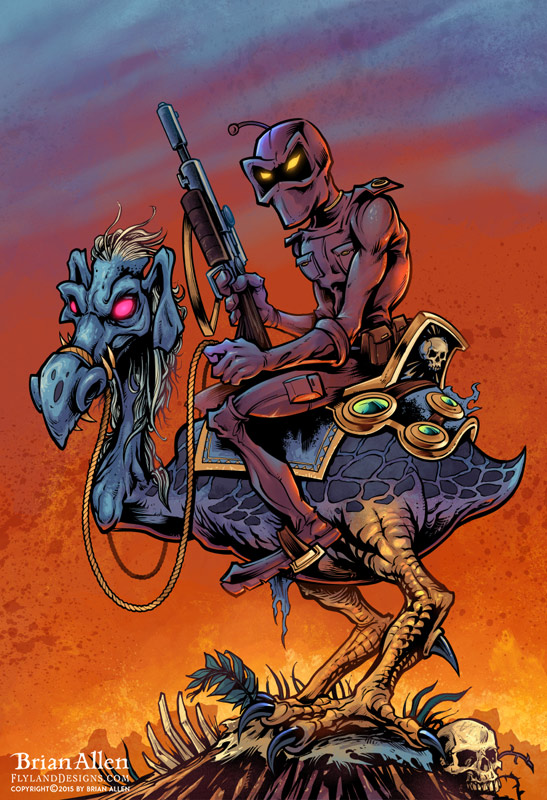
Brian Allen of Flyland Designs reminds us not to lose sight of the reason we create fan art in the first place. "The best artwork materialises when you're having a lot of fun creating it," he says. So relax, and don't take yourself so seriously!
10. Be original
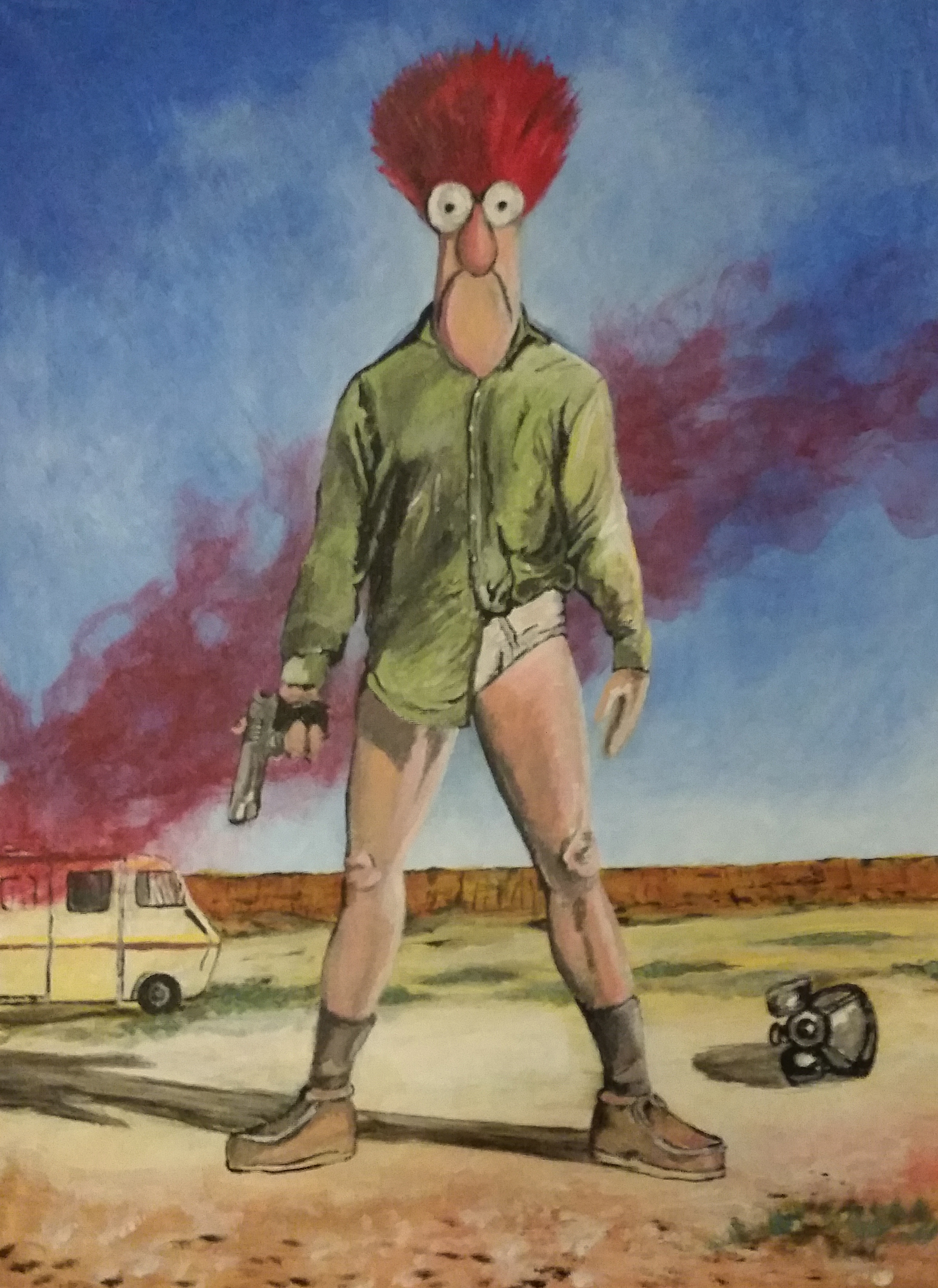
Adam W Rodriguez was first inspired by cartoons and comic books but avoided fan art because he felt it wasn’t "original art". To which his six year-old niece argued, "Then make your fan art original."
The lesson Rodriguez learned was that exploring different genres will only help you grow as a creative. Understanding different types of art can, in turn, help make your own art more unique. "Don't limit yourself by hating certain styles of art; instead challenge yourself and make your contribution to that style,” he says. “So, hate less and explore more."
Read more:

Thank you for reading 5 articles this month* Join now for unlimited access
Enjoy your first month for just £1 / $1 / €1
*Read 5 free articles per month without a subscription

Join now for unlimited access
Try first month for just £1 / $1 / €1
Get the Creative Bloq Newsletter
Daily design news, reviews, how-tos and more, as picked by the editors.

Tammy is an independent creative professional, author of Apple Game Frameworks and Technologies, and the maker behind the AdventureGameKit – a custom SpriteKit framework for building point and click adventure games. As an innovative problem solver and industry leader, Tammy enjoys working on projects from content creation – including books, tutorials, videos, and podcasts – to the design and development of cross-platform applications and games. For Creative Bloq, she has written about an array of subjects, including animation, web design and character design.
